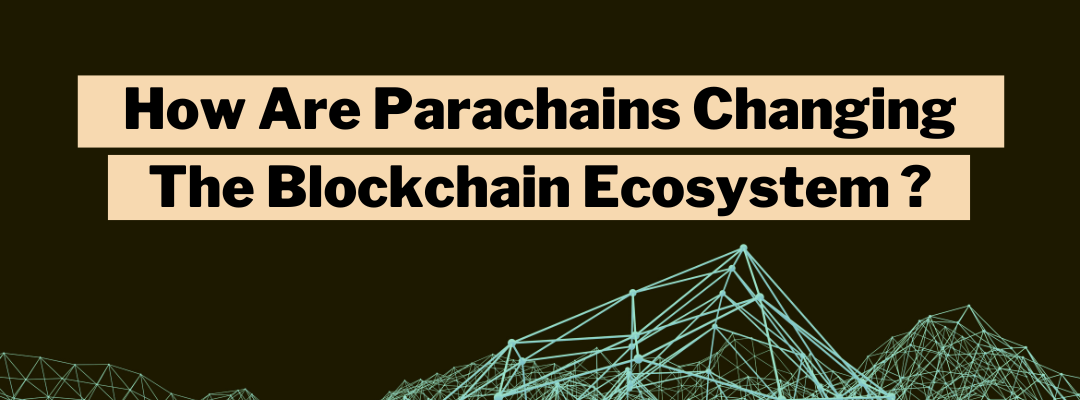Introduction
Smart contract development has played a vital role in the functioning of blockchain technologies and related projects. However, innovative technology stacks like Polkadot have brought a paradigm shift to the sector. It was in the year December 2021 when the first Parachain went live on Polkadot. Since then it continued to grow its use case in the blockchain ecosystem. Alongside, Polkadot shares intrinsic relation with Ethereum that gives it an extra edge in Web 3.0 space.
What Are Polkadot Parachains?
Parachain is the layer – 1 chain connected to layer – 0 relay chains in the Polkadot blockchain. The relay chain is at the center; as a result, parachains run parallel to these centered chains. Further, these parallel running chains in Polkadot are maintained by collator nodes that act as the full node of the Parachain and are responsible for retaining the necessary information of the blockchain.
Parachains produce new block candidates and pass details to these Relay Chain validators for facilitating verification and including the shared state of Polkadot. Alongside, they also have their own stipulation around implementation and are required to stake their DOT on the Relay chain. Since Parachains have become quite popular over time due to their design but are largely known for their cross–chain composability and interoperability. As a result, allows users to send or receive all type of data/asset with other parachains and make them capable of supporting the host with new use cases.
Benefits Of Parachains For Blockchain Ecosystem
The Parachain blockchain is becoming buzz in the blockchain ecosystem because of its following characteristics.
The Parachain modeling has given optimum flexibility to the Polkadot blockchain. Parachains need to prove to Polkadot validators that each of their blocks shall follow the agreed–protocol and comply with the consensus of the relay chain. The flexibility of the parachains allows the development of individualistic design and also runs either as a public or private network with their native token and governance mechanism.
The ability of the parachains to interact with another blockchain is termed as “interoperability “. To achieve this strength Parachains rely on layer – 2 solutions and have more decentralized means for spreading out the transactions. Alongside this, they provide full control and sovereignty to the blockchain communities and help them to engage in free trade.
Furthermore, Parachains not just allow the exchange of tokens but also the data including verifiable credentials too. They are potent to develop any governance model and provide access to sophisticated on-chain governance mechanisms which in turn reduces the likelihood of hard forks in the Polkadot chain. Thus, Parachains paves the way for creating new possibilities in the blockchain ecosystem.
Use Cases of Parachain In Blockchain Ecosystem
The Polkadot network with Parachain is all about layer – 1 blockchain and their widening use cases that provide interoperability, flexibility, and scalability. Some of the decentralized projects where Polkadot parachains have proved useful are as – the development of Digital Wallets, facilitating Decentralized Finance (DeFi), developing Smart Contracts, P2E games, facilitating identity verification, Internet of Things (IoT), Credentials, etc. Alongside, they also facilitate token development & deployment, dApps development, and other such functions.
How To Run Parachain On Polkadot?
To execute Parachain – based projects the first step is to run parachains on Polkadot. To do this it is important to lease a slot on the Relay chain. The lease is offered through the Parachain slot auction using its native token DOT. The lease is available for a period of 6 months to 2 years. Thus to lease the slot in Parachain, the parties also need to lock up the specific amount of DOT. After the lease period is over the entire DOT amount gets unlocked. However, during the lease period, the DOT amount stays reserved at the original account of the bidder but it cannot be processed for transferring, staking, or any other purpose. Furthermore, the interested parties can facilitate self – fund or seek crowd loans by making contributions in exchange for some rewards.
Final Words
Parachains are becoming a popular tech stack in the blockchain ecosystem due to their extensive use cases. You may also want to watch for blockchain development Company www.esrotlabs.com for facilitating Parachain – based development projects.




